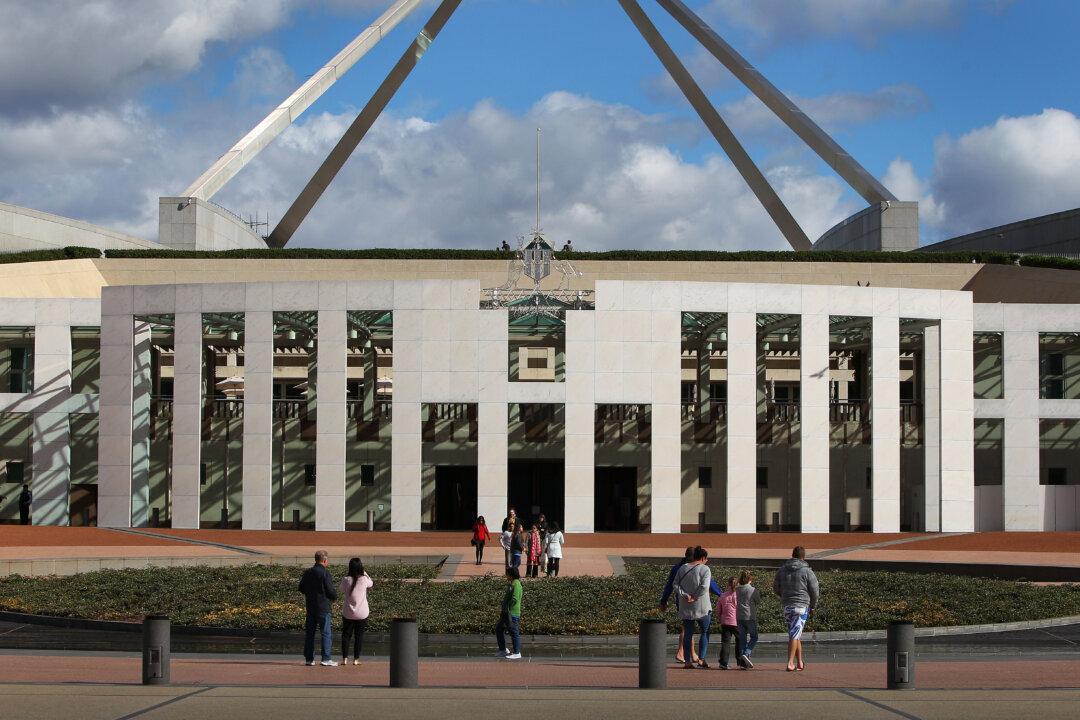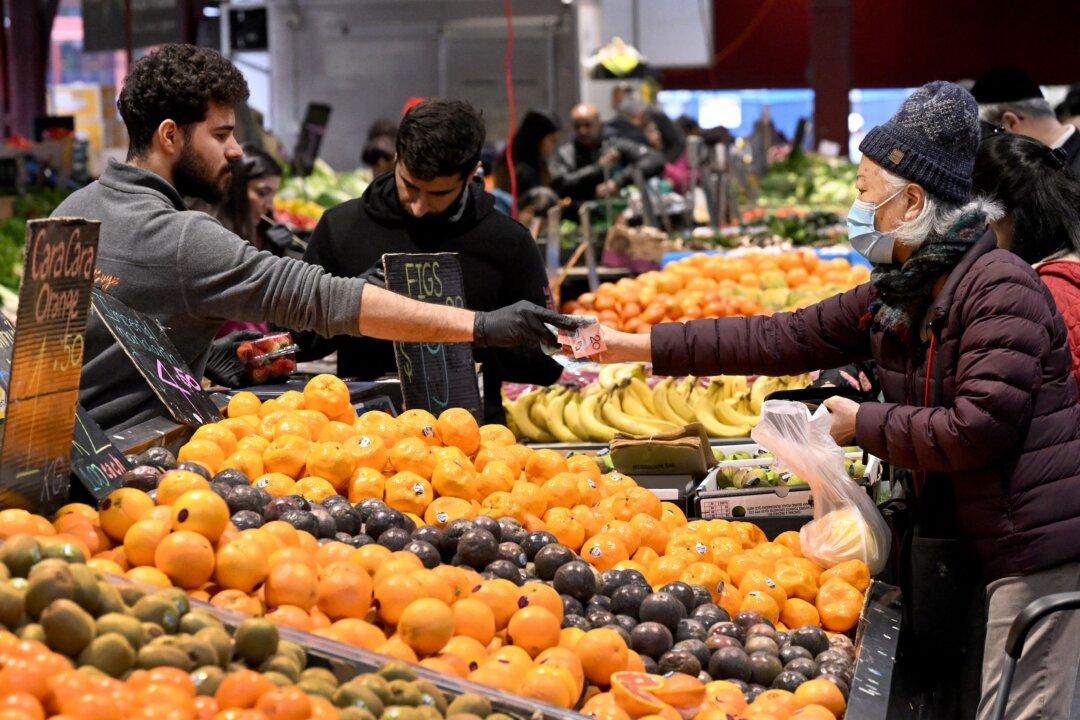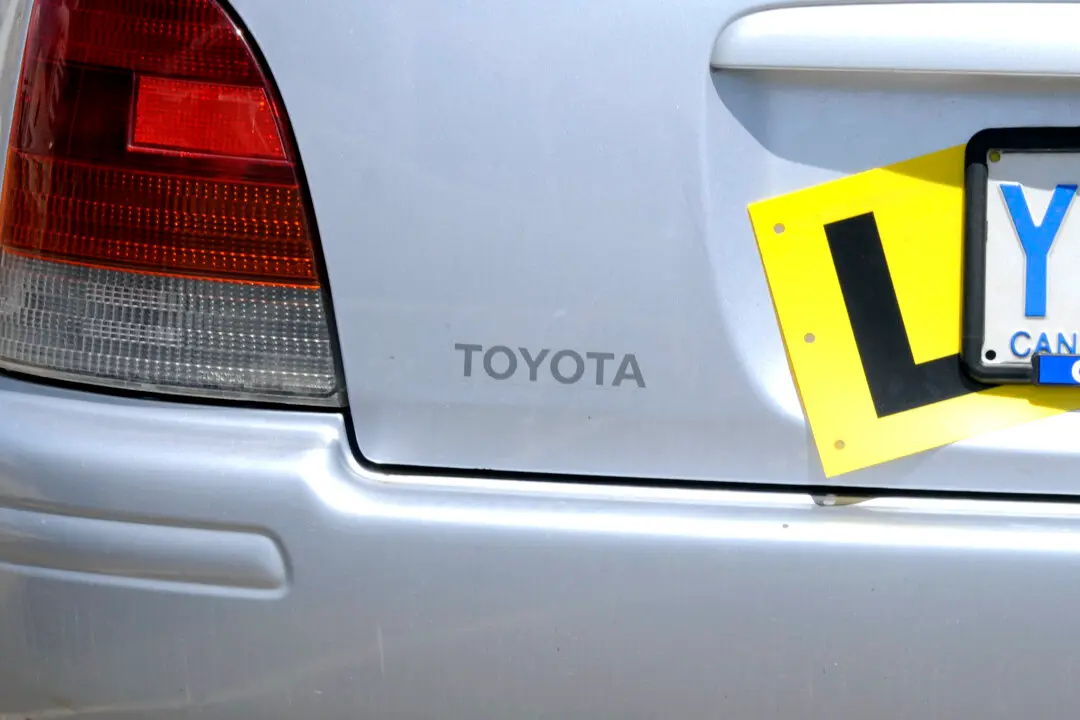The Reserve Bank of Australia (RBA) has lifted the cash rate by another 0.5 percent to 1.35 percent at its board meeting on July 5, continuing its effort to bring inflation under control.
In a statement released after the meeting, RBA governor Philip Lowe said the central bank’s move was necessary to end the unconventional monetary policy implemented following the COVID-19 pandemic.





